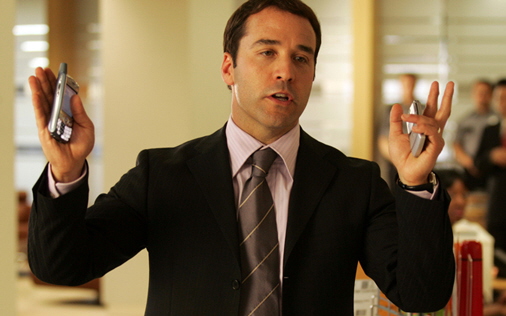Years ago, I was a partner in a D.C. branch office with about 40 other partners firm-wide and several offices in the East and Midwest. This financially successful and very able law firm was my home for 12 years. I was fortunate through some good mentors–which I hustled to get–to have an interesting corporate practice in federal courts litigation, energy and environmental law. However, I was amazed to watch over the years how narrow (i.e., insular) a lot of the firm’s brightest stars became in their practices–and how that insularity seemed to be carried from one associate class to the next.
In short, our “specialty culture” and “largeness” had worked against us. We weren’t building broad-gauged lawyers anymore. Partners who had been friends for decades rarely knew how to explain (much less cross-sell) what other partners did. Worst of all, the art and ethos of seeing lots of different multi-disciplinary issues while working for a client was no longer valued. The result: (1) highly-talented but narrow and “non-collaborating” specialty fiefdoms with rare overlaps; (2) less value and lower efficiencies for clients.
Below is a November 11, 2008 post–not our normal re-run–based on the wisdom of two fine lawyer-writers. A very belated thank you to Rees Morrison and Carolyn Elefant; people in my firm think about this idea and these phrases of yours every day as we try to build a law firm with lawyers who are specialized–but also have big-picture sensibilities for large corporate clients.

“Boom. Morrison nails it. Elefant names it.” (Photo: HBO)
“An Aggregation of Narrow Views”: Curse of the Larger Law Firm?
By “broad-gauged” lawyers, I mean law firm leaders and facilitators who, in addition to their own specialties, have an “expansive frame of reference” about the world, business, other practice areas, and how they all fit together.
Thanks to Carolyn Elefant at Legal Blog Watch, and the alert eye of the mysterious Ed. of Blawg Review, I read Rees Morrison’s comprehensive and perceptive piece in the New York Law Journal about what larger law firms can and cannot do for clients. It’s called “Why Law Departments Should Beware Super-Sized Firms“. Despite its title (apparently given by ALM editors to get our attentions), Morrison’s article is thoughtful, fair and generally flattering to large law firm (1000 plus lawyers) cultures. On size, we’re talking about total headcounts here, not gross revenues or profits per partner. There are about 30 in the world this size (1000 or more)–all out of the UK and the US–and at that size they are a relatively new phenom.
